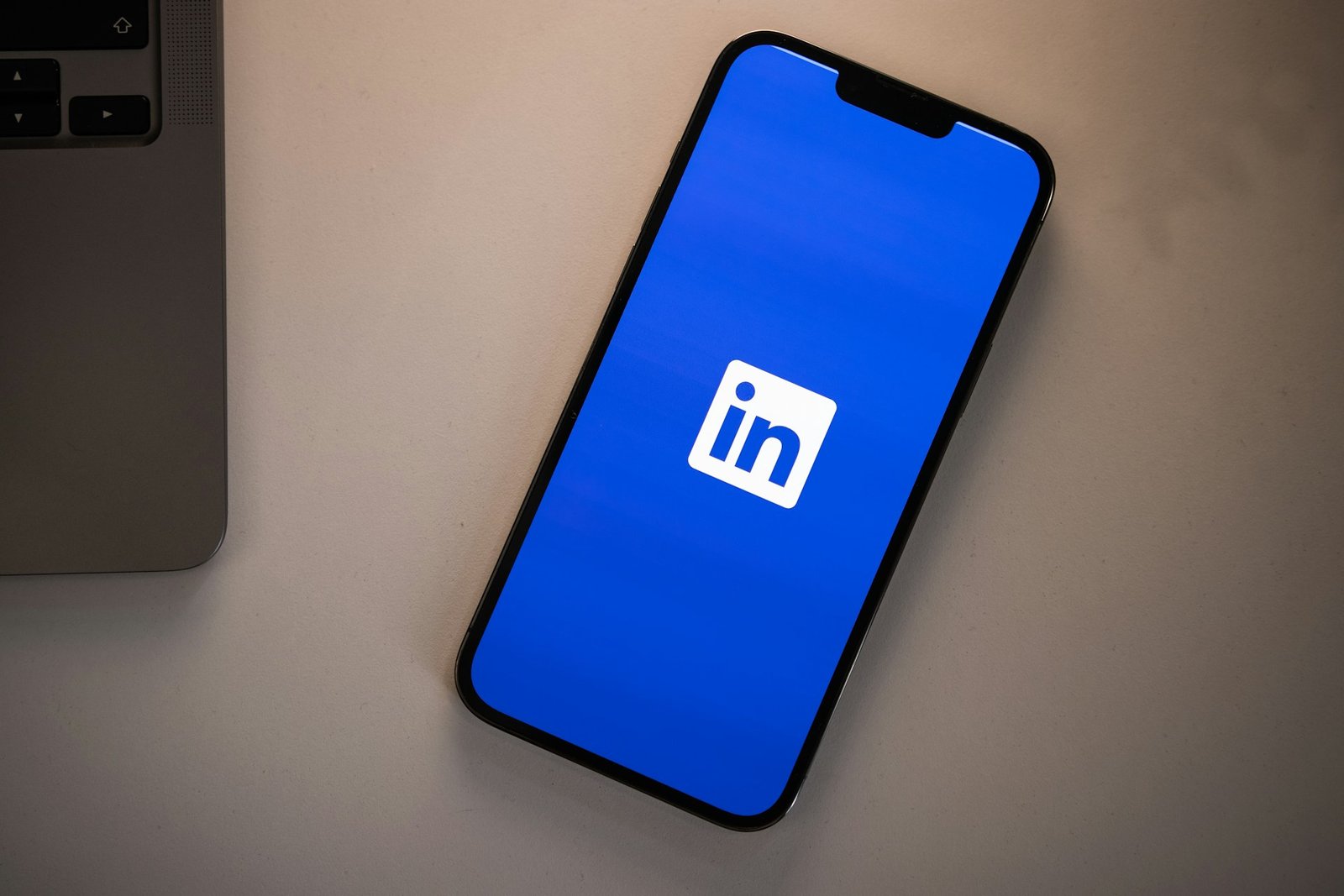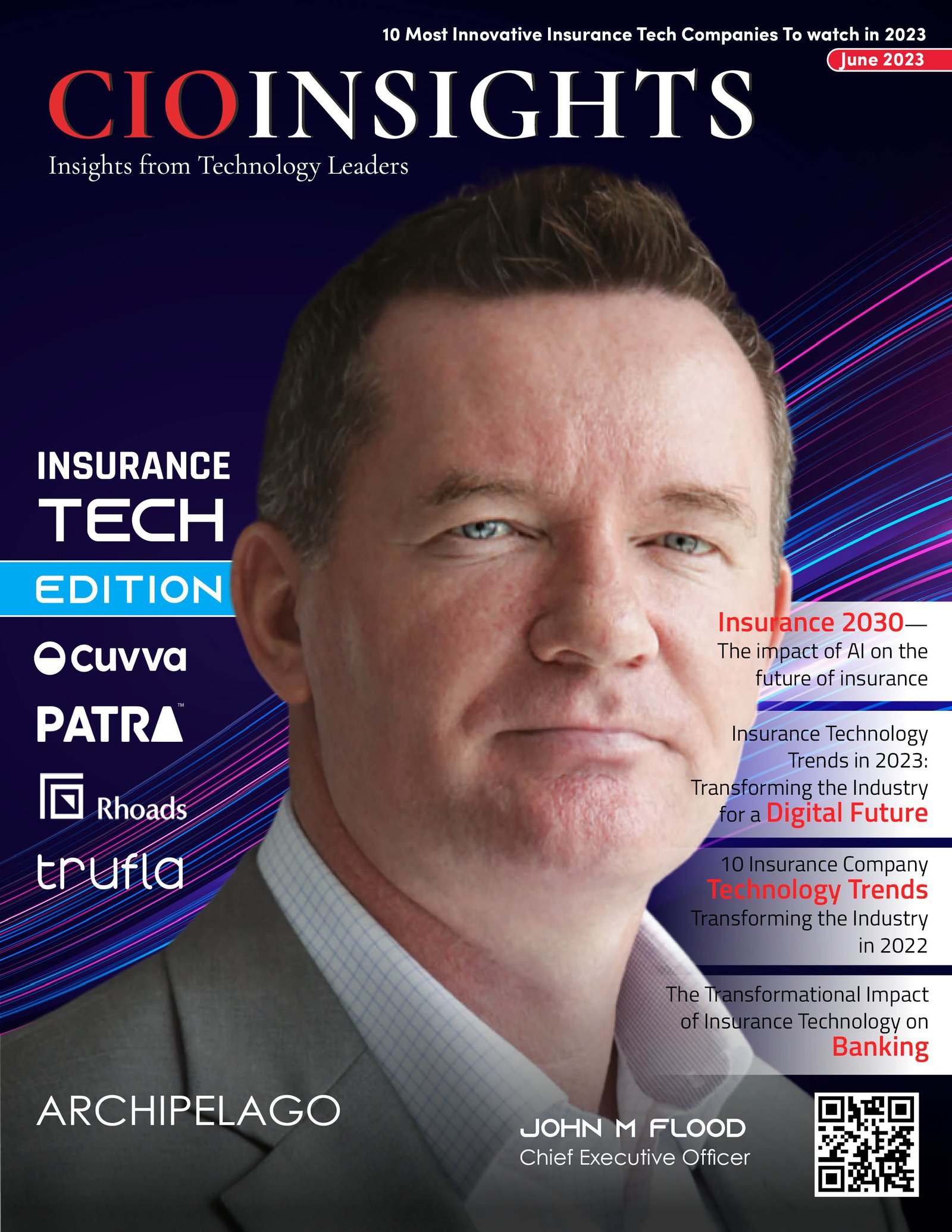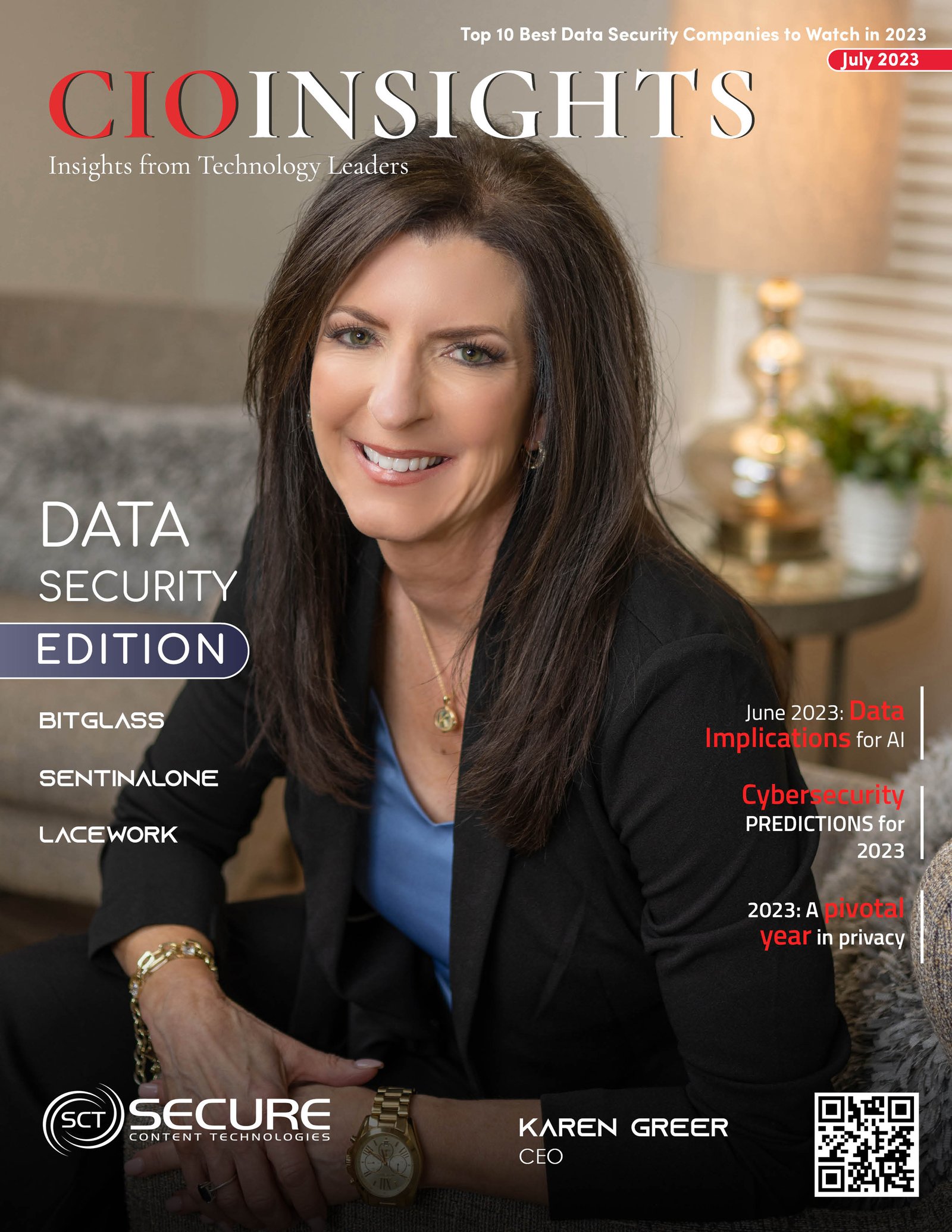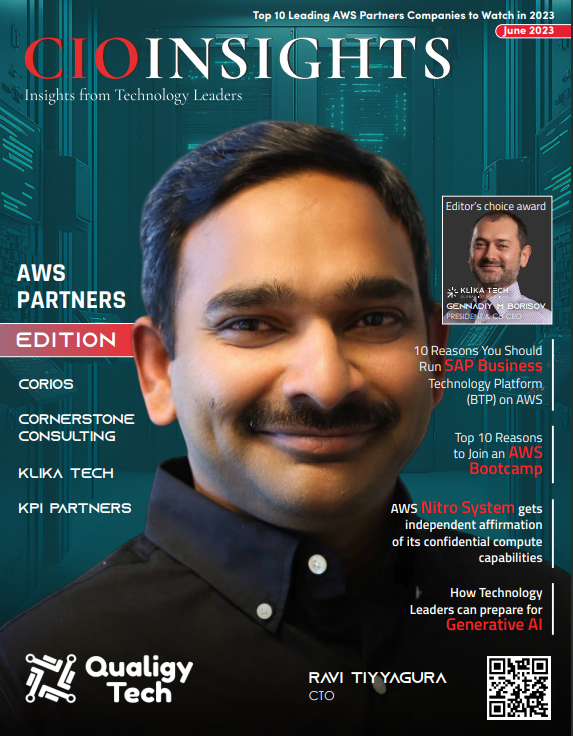We Reviewed 1,000 LinkedIn Ads. Here’s What Separates Good From Great

After spending weeks analyzing 1,000 LinkedIn ads from B2B companies across SaaS, consulting, finance, and tech, one thing became clear: most ads are fine. They look decent, have the right logo placement, and follow LinkedIn’s specs. But only a small percentage — roughly 8–10% — actually make people stop, think, and click. The difference between “good” and “great” isn’t luck. It’s craft. Great ads don’t just sell — they resonate. They understand the psychology of a distracted professional scrolling between meetings. They know when to push, when to educate, and when to stay quiet. Here’s what stood out from the data and the patterns we observed. 1. Great Ads Lead with Emotion, Not Features You’d think B2B buyers care only about logic, but the best-performing ads appeal to emotion first. They grab attention by making the viewer feel something: frustration, curiosity, pride, or relief. Here’s what we noticed: Poor ads lead with product features (“Automate your workflow with X”). Good ads show benefits (“Save 10 hours a week”). Great ads show transformation (“Finally — a week that ends at 5PM on Friday”). Emotion doesn’t mean sentimentality; it means relevance. The ads that performed best framed their solution as an escape from pain or a bridge to something aspirational. 2. Simplicity Beats Cleverness Every Time Marketers often overestimate how much attention their audience has. The best ads we reviewed followed a single rule: one message per ad. Instead of clever taglines or layered metaphors, the great ones used plain language that anyone could understand in three seconds or less. Some even broke grammar rules intentionally to sound conversational. One memorable example was from a SaaS company that ran the headline: “Too many tools. Too many tabs. Let’s fix that.” It wasn’t fancy — but it worked. Because clarity always beats cleverness in a feed full of competing messages. 3. The Visuals Make You Feel Something — Instantly LinkedIn isn’t Instagram, but visuals still matter. The best ads avoided the “corporate stock photo” look and leaned into design that felt natural, authentic, or even a bit raw. Top-performing visuals often had: Real people, not polished models Bold typography that reinforced the headline Color contrast that made the ad pop without clashing Subtle motion graphics (for video ads) that caught the eye in the first two seconds Interestingly, ads with smiling, relatable human faces still outperform product screenshots by a large margin. Human connection drives curiosity — even in B2B. 4. Great Ads Start a Conversation, Not a Monologue Too many ads talk at people. The best ones invite participation. They ask a question, pose a relatable scenario, or use open-ended phrasing that makes the viewer pause. Here’s an example of the difference: Weak: “Download our whitepaper on hybrid work solutions.” Better: “Still struggling to keep hybrid teams aligned?” The second line acknowledges the reader’s challenge before offering a solution. It’s conversational and personal — not salesy. When you read a great ad, it doesn’t feel like an interruption. It feels like someone who understands your day just started talking to you. 5. Targeting and Timing Are Half the Battle We noticed that even brilliant ads underperform when aimed at the wrong audience or served at the wrong time. The top-performing campaigns were laser-focused — not just on industries or job titles, but on moments of intent. For example, one B2B SaaS brand ran separate campaigns for early-stage founders and established executives — same product, entirely different creative. Another adjusted messaging during the end of the financial year when decision-makers were finalizing budgets. This attention to timing and segmentation amplified results more than any design tweak or copy rewrite could. 6. Social Proof Still Works — If Used Wisely Testimonials and logos are a staple in B2B ads, but great ones integrate them with finesse. Instead of plastering “Used by 10,000+ companies” in bold, they weaved proof into storytelling. One standout ad simply said: “Over 300 finance teams switched to us last quarter. Here’s why.” It didn’t shout credibility — it implied it. The tone felt confident, not boastful. Real metrics, recognizable brands, and authentic customer quotes all built instant credibility when used sparingly and with purpose. 7. They Sound Human — Like a Real Person, Not a Marketing Department Great ads read like they were written by someone who gets you, not a copywriter trying to impress. They use contractions, short sentences, and rhythm that mirrors how people actually speak. Even in technical industries, conversational language outperformed corporate jargon. “We’ll help you stop chasing overdue invoices” beats “We optimize accounts receivable efficiency.” Every time. This is why many companies turn to an ad agency for LinkedIn — not just for strategy, but to capture that human tone at scale. Agencies that specialize in LinkedIn campaigns understand how to translate complex offerings into simple, scroll-stopping narratives. 8. Great Campaigns Feel Connected — Not Random When reviewing the top 100 ads, another pattern emerged: cohesion. The best campaigns didn’t just have one great ad; they had a storyline. Each ad built on the previous one, whether through messaging, visuals, or tone. For example, one campaign started with a thought-provoking question (“Is your team running on meetings or momentum?”), followed by a second ad that expanded the idea (“Most teams mistake activity for progress. Here’s how to fix it.”). The sequence pulled people deeper into the narrative rather than repeating the same message. This kind of cohesion builds familiarity — a crucial factor in long B2B buying cycles. 9. The CTA Isn’t the Hero — the Value Is Finally, the best-performing ads didn’t push the call-to-action too early. Instead of demanding, “Book a demo now,” they earned the click by offering value upfront: a helpful guide, a surprising insight, or a relatable truth. Ironically, the less aggressive the CTA, the higher the engagement. When people feel respected, they’re more likely to take the next step voluntarily. What the “Great” Ads All Had in Common After dissecting over 1,000 examples, a clear pattern emerged. The great ones weren’t necessarily the most creative or expensive — they were the most considered. They respected attention, spoke with authenticity, and provided a reason to care. They understood that B2B buyers are still humans who crave relevance, not noise. Whether you’re crafting your next campaign internally or partnering with an ad agency for LinkedIn, the takeaway is simple: the difference between a good ad and a great one isn’t dramatic — it’s deliberate. It’s how thoughtfully you apply the fundamentals that makes your ad linger in someone’s feed long after they scroll past it. And in a crowded LinkedIn landscape, that kind of lasting impression is exactly what separates brands that are seen from those that are remembered.





